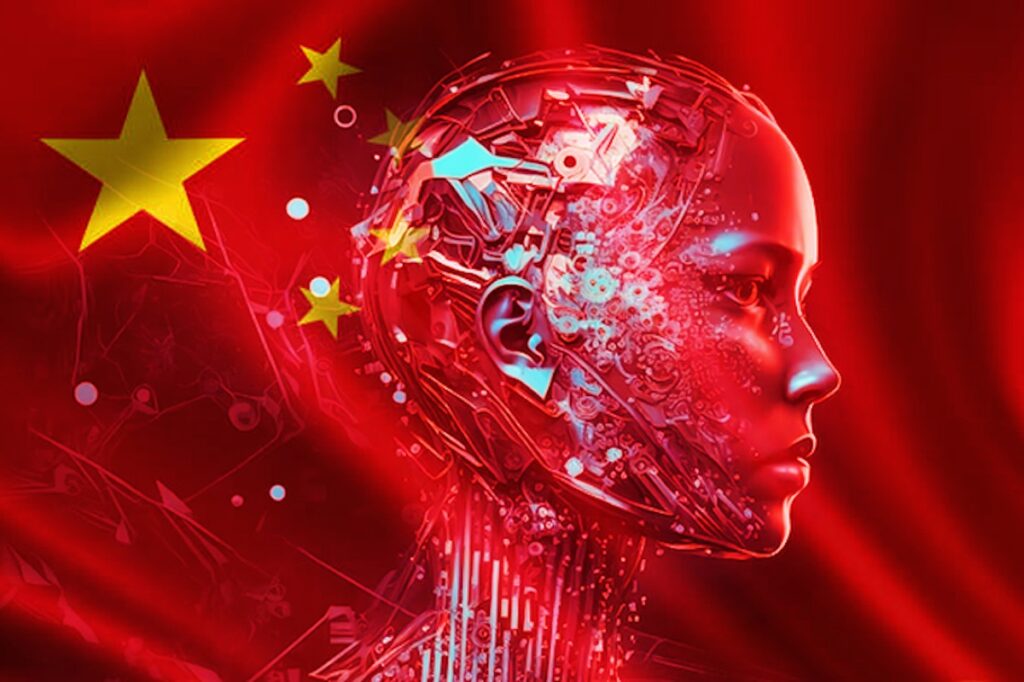
Many Western observers view China’s rapid advancement in high-tech domains such as artificial intelligence, quantum computing, electric vehicles, and green energy as a surprise. Long dismissed as a copycat, China is only now being grudgingly acknowledged as an innovator throughout parts of the collective West. Yet this framing misunderstands history. For millennia, stretching back to the Zhou and Qin and flourishing particularly under the Han, Tang, Song, and Ming dynasties, China stood at or near the global pinnacle of innovation.
What we are witnessing today is not an anomalous creative awakening enabled by global capitalism, but rather the reassertion of a Chinese tradition interrupted by gunboats, opium, and colonialism. China’s legacy of innovation, i.e., the creation and diffusion of new knowledge, technologies, or systems that transform societies, is deeply woven into global civilization. In pre-industrial contexts, Chinese innovation and invention blurred more, as many advances were both new and applied, taking various forms.
Historical Context of Chinese Innovation
These ranged from civil engineering and applied technologies to knowledge systems, although not in the form and scale of industrial innovation seen in Europe after 1750, particularly in the last century. The Industrial Revolution was indeed singular in scope and consequence, but it did not erase or negate the millennia of innovative capacity that preceded it in China. British historian Joseph Needham demonstrated that China led the world in innovation and applied technologies for centuries, despite not undergoing an Industrial Revolution in the Western sense.
The scale and material form differ, but the principle is the same: taking knowledge and embedding it into systems that reshape economies and lives. To treat canals and clockwork as incomparable to code and chips is to miss that both were frontier technologies of their age.
The famed four great Chinese inventions—paper, printing, the compass, and gunpowder—are typical examples, but they reflect merely the most recognizable markers of a broader technological role.
Chinese inventions also include football (recognized by FIFA as an early ancestor), the seismoscope, deep drilling (often over 1 km for brine and natural gas), rockets, seed drills, and banknotes, among many others. Across dynasties, China made significant contributions to hydraulic engineering, textile sericulture, clockwork devices, astronomical instruments, mechanical automata, and sophisticated metallurgical processes. Scholars, artisans, and state agencies functioned as nodes in a knowledge network that iterated, implemented, and improved inventions over centuries.
China’s Modern Innovation Ecosystem
As is the case in China today, the innovation ecosystem was often integrated into governance, with governments sponsoring astronomical observatories, standardizing measurement, developing flood control systems, advancing calendrical science, and advancing metallurgy. Beyond intellectual and technological inventions, China’s tradition of innovation also manifested in civilizational-scale engineering feats, on a scale and with a continuity rare elsewhere before the modern era.
The 1,800-kilometer Grand Canal, with origins dating back to the 5th century BCE, stitched together the Yellow and Yangtze River basins, creating the backbone of China’s north-south integration. To build it, imperial engineers mobilized vast labor forces not only to dig and dredge but also to literally cut through hills and flatten mountains to maintain a navigable gradient. These undertakings, alongside the 21,000 km Great Wall, demonstrated a mastery of hydraulic and civil engineering that reshaped landscapes to connect and protect the empire. These are examples of innovation not only in devices but in mobilization and scale.
The Global Influence and Future Implications
Importing foreign techniques was never foreign to this system; China historically absorbed, adapted, improved, and then ‘exported’ innovations. More recently, China has borrowed—heavily—from Western modern innovation ecosystems, encompassing venture capital, intellectual property law, and academic-industrial partnerships. These have been absolutely critical accelerators in China’s reemergence. Similarly, a popular East Asian paradigm of state-led capitalism was picked up from the Four Tigers.
The reverse, of course, also happened. European nations borrowed substantially from Chinese craftsmanship, from Dutch Delft Blue imitating Chinese porcelain to actual industrial espionage. In the 1840s, the British East India Company commissioned Robert Fortune to travel deep into China—disguised, in many cases—to smuggle out live tea plants, seeds, and processing knowledge. His mission effectively broke China’s long-standing primacy in tea cultivation and processing knowledge, helping to birth India’s modern tea industry.
China’s creative disruption only began in the mid-19th century, with the arrival of Western gunboats, the Opium Wars, colonial treaties, internal rebellions, and political fragmentation.
Today’s creative China is returning to creative capacity through new technological models and economic paradigms. The evidence is compelling. In 2025, China entered the Global Innovation Index’s Top 10 for the first time, unusual for a middle-income economy. The scale of today’s patent activity is staggering. China accounted for roughly a quarter of all global patent submissions in 2024. Several Chinese firms and research institutions published thousands of patent families in a single year. Citation impact has risen sharply in several fields such as AI, materials, fintech, and green energy, even as quality remains uneven overall.
Moreover, China is not merely active domestically: it increasingly seeks foreign patent protection, especially in domains where advanced economies also file. This pattern signals not imitation, but innovation in the highest-value fields.
It is particularly noteworthy that China has filed more patents in the field of generative AI than any other country over the past decade. Between 2014 and 2023, China filed over 38,000 patents related to generative AI, compared to “just” over 6,000 from the US.
Such scale demands that we change how we frame China’s innovation story. Too often, China’s technological advance is portrayed as catch-up, technology transfer, IP theft, or reverse engineering. However, the data tells a different story: China’s innovation and inventiveness are reaching new heights. The country is positioned to outcompete in nearly all next-generation fields.
Yet why does surprise persist? Multiple biases are at play. First, the dominant narrative of modernization privileges the West as the origin point of progress. Non-West innovation is often framed as derivative or reactive. As Tonio Andrade has shown in “The Gunpowder Age”, China was at the forefront of military innovation for centuries before Europe’s rise. Second, many analysts operate with 20–30-year windows, treating disruption as the norm rather than the exception. The last 150 years are interpreted as the “baseline” in this limited analysis. Third, intellectual property regimes and global norms have imposed Western definitions of innovation, which skew perceptions of what constitutes innovation and invention.
Recognizing China’s innovativeness as a restored global norm, not an aberration, has implications across multiple dimensions. Innovation always reflects its technological frontier—bronze metallurgy then, AI now. Both transformed economies and geopolitics. Strategically, underestimating China’s creative capacity is perilous. Policies predicated on China’s status as a follower risk being outrun. In trade, tech, and alliance frameworks, actors must assume China is no longer a perpetual aspirant.
In fact, we should become increasingly accustomed to China being a world-class innovator again, on a scale otherwise seen mainly in the US, and, in different ways, in Europe and Japan. If China has always been a contributor, then global standards and norms must accommodate alternative intellectual traditions, industrial models, and paths of development. The world must stop the interpretive bias that tends to center Western originality.
The question is not whether China is innovative, but how others respond. Innovations, rarely confined within borders, tend to benefit not just the few but the many. A more innovative China can contribute to the expansion of global public goods.
Surprising? The greater surprise should have been that one of the world’s oldest continuous civilizations ever came to a brief innovative halt. The world should prepare for China not as a latecomer, but as a civilizational innovator returning to form.







